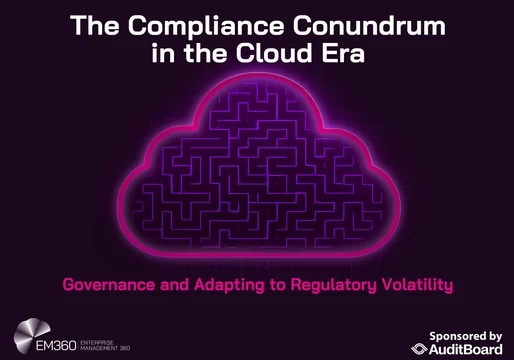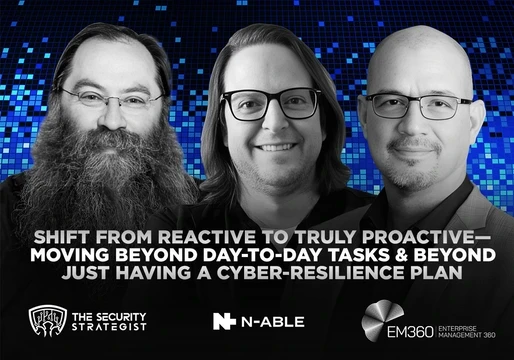
Identity as the New Perimeter
For years, the phrase “identity is the new perimeter” has been repeated so often that it lost its edge, echoed in vendor decks, conference keynotes, and marketing slogans until it felt more like a mantra than a message. But recent events have given that old line new weight. With Palo Alto Networks’ acquisition of CyberArk, identity has moved from the sidelines to the centre of the cybersecurity conversation.
The implications for the market are significant. The deal creates a powerhouse with deep resources, a broadened portfolio, and global reach. For competitors, it is a wake-up call. Identity vendors will need to accelerate innovation, form strategic alliances, or risk being overshadowed by a newly fortified rival capable of spanning the full spectrum of identity and security operations.
Among all the areas reshaped by this renewed focus, none stands out more than Identity Threat Detection and Response (ITDR). According to a recent industry research report, over 80 percent of data breaches involve the misuse or compromise of identities. Attackers no longer brute-force their way through defences, they log in through them. Techniques such as credential stuffing, password spraying, and token replay attacks have become standard tools in their arsenal.
The challenge for ITDR vendors is structural as much as technical. Their products must now serve two historically separate audiences: the identity administrators who manage users, privileges, and governance under IT, and the security operations teams responsible for detection, triage, and response. Bridging those two domains requires aligning policy with threat intelligence and translating access anomalies into actionable alerts.
Recognizing this, many vendors talk about identity protection, identity posture management, or identity security platforms, broader terms that capture a wider range of use cases. In this sense, ITDR is no longer a product category but a discipline, one that sits at the centre of a larger shift to make identity the control point of cybersecurity.
The Fabric Problem
The modern enterprise runs on an ecosystem of fragmented identity systems: single sign-on for users, directory services for internal access, identity governance for compliance, and privileged access tools for administrators. Add to that cloud IAM consoles, SaaS integrations, and endpoint protection systems, and you have a patchwork of visibility gaps.
Each of these tools offers some insight into identity behaviour, but none provides the full picture. A suspicious login might appear benign in one context but reveal its true nature only when correlated with data from multiple systems. The challenge is not a lack of information but a lack of integration.
In addition, the quiet explosion of NHIs has created an invisible attack surface. Machine credentials rarely rotate, are frequently overprivileged, and can be abused for persistence once compromised. Worse, they often lack clear ownership. In a sprawling cloud environment, finding who is responsible for a service account can take longer than isolating the threat itself.
Therefore, visibility is crucial. And this is where ITDR enters the picture.
Beyond Visibility
ITDR is not just another acronym in a crowded security landscape. It represents a philosophical shift: from treating identity as a static gatekeeper to seeing it as a living, dynamic signal. Instead of waiting for an incident, ITDR continuously analyses identity behaviours, detecting anomalies, correlating weak signals, and triggering response actions before damage is done.
ITDR solutions connect these dots. They analyse identity activity in real time, contextualize it across systems, and automate the next step, whether that means suspending an account, revoking tokens, or notifying analysts. In essence, they turn identity into an active defence layer.
As mentioned above, security and identity teams have lived in separate worlds. IAM specialists manage roles, policies, and provisioning. SOC analysts chase indicators of compromise. When an identity is abused, each side sees only half the picture. ITDR forces these disciplines to converge.
By bringing together the language of authentication and the logic of threat detection, ITDR builds a bridge between teams. It aligns policy with behaviour, governance with intelligence. The result is not just faster response, but smarter response. One that understands the difference between a misconfigured account and a malicious actor.
The Path Forward
As organizations mature their identity programs, ITDR will not replace existing tools but amplify them. It strengthens Zero Trust architectures by validating that every identity (human or machine) is continuously verified and monitored. It enhances incident response by adding context that traditional SIEMs often miss.
For large enterprises, ITDR can reduce alert fatigue by correlating millions of identity events into a handful of meaningful insights. For smaller organizations, it offers managed or SaaS-based models that deliver advanced detection without the overhead of building an internal SOC.
The broader impact goes beyond security. By improving visibility into how identities are used, ITDR helps organizations meet compliance standards, reduce operational risk, and reinforce digital trust.
At its core, ITDR embodies a shift in mindset. Cybersecurity is no longer just about building walls; it's also about understanding behaviour, context, and purpose. Each identity, whether human or machine, tells a story about intent. Detecting threats means reading that story in real time.
Identity has become both the target and the solution. And in this new era of digital interdependence, defending it is not just a technical challenge, it’s the foundation of trust itself.







Comments ( 0 )